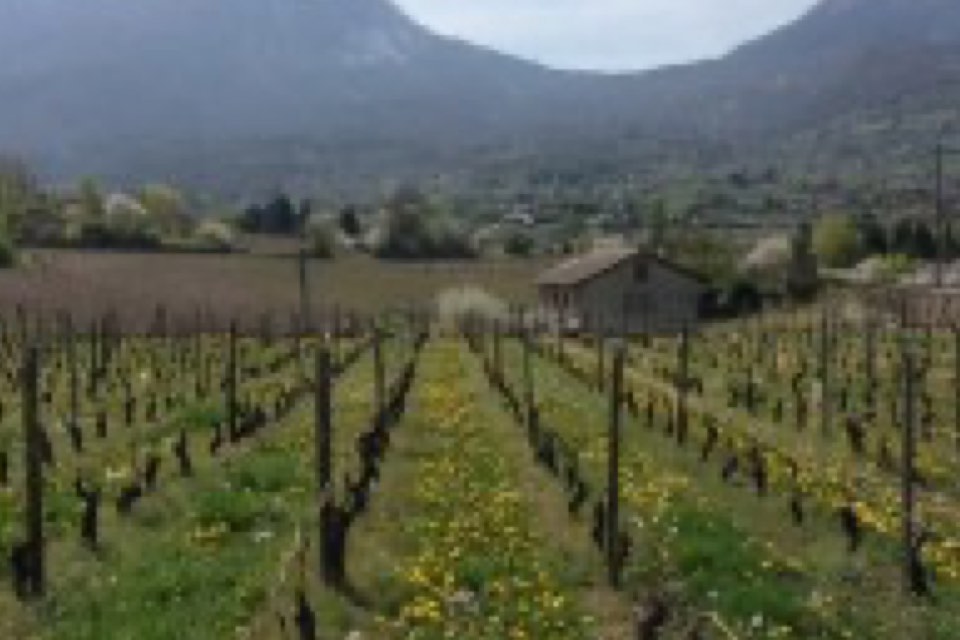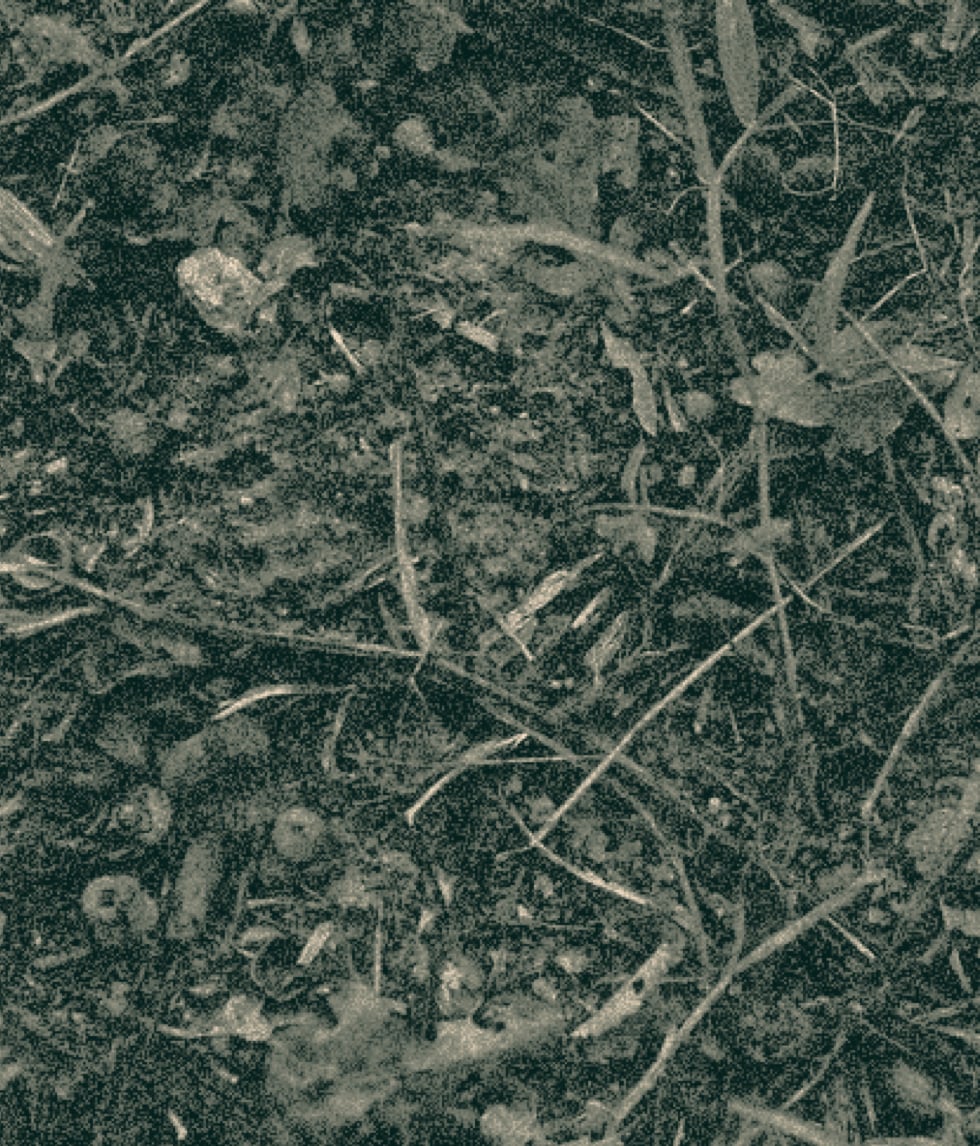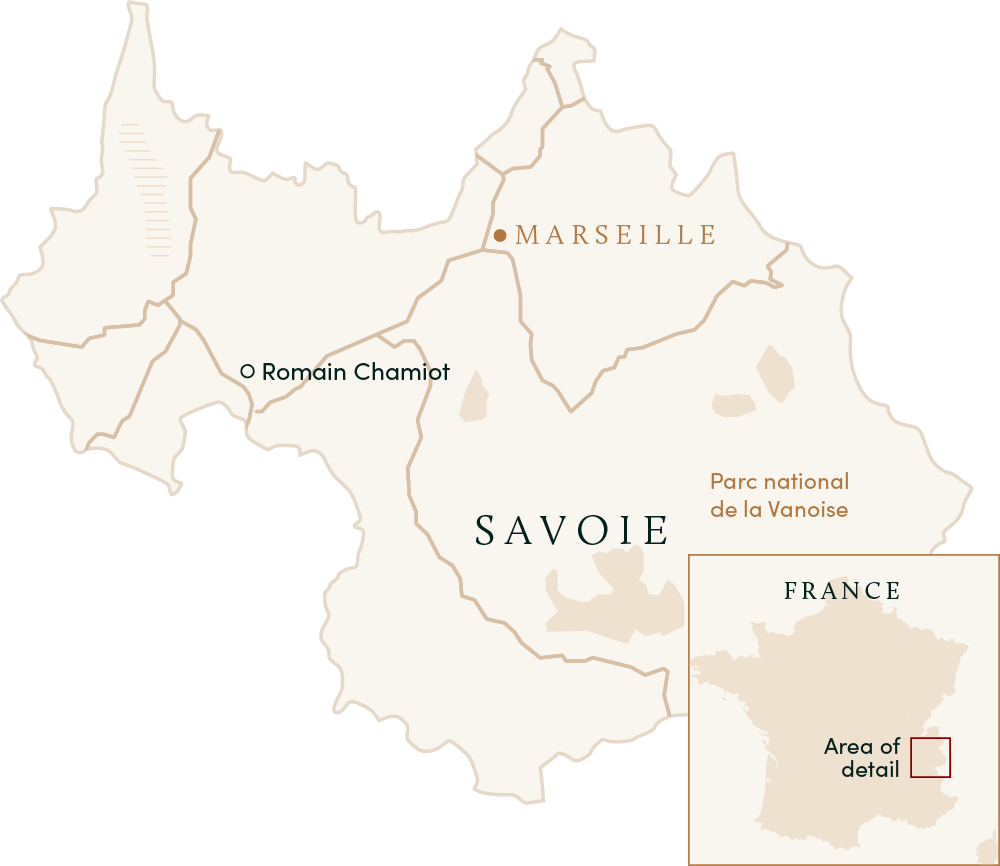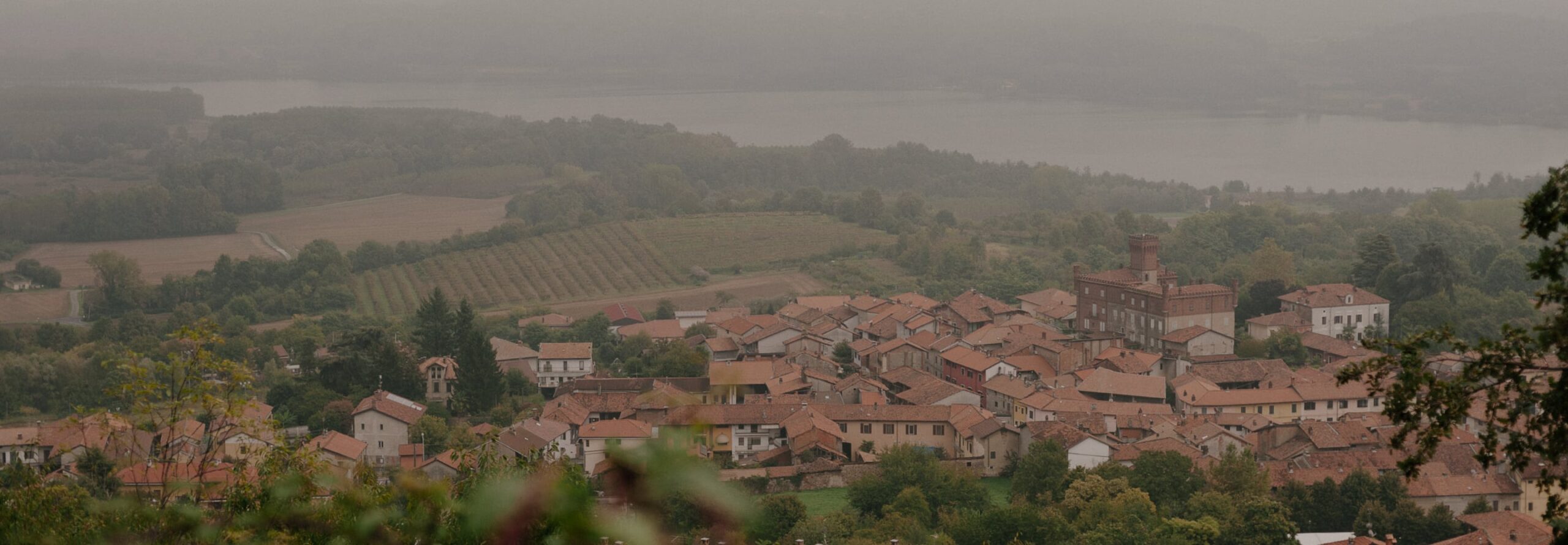Our recent foray into the Savoie has brought us wines so compelling that we decided to return to the region in search of new appellations to add to the portfolio. A chance encounter with a bottle of Romain Chamiot’s Aprémont at the table of Francois Bitouzet in Meursault led to this estate, as Francois and Romain were classmates in Beaune several years ago.
The Chamiot family has owned vineyards in the picturesque Apremont appellation of the Savoie for several generations, and the young Romain has recently taken the reigns from his grandparents to continue the lineage. Seven hectares scattered among 30 parcels, nearly all planted to the local white cepage Jacquère, make up the vast majority of the domaine. A miniscule 0.2ha parcel of Mondeuse, near the cepage’s de-facto capital of Arbin, also registers on their holdings, however not enough is made for export.



Most of the vines are tended by hand, due to the slopes characterizing much of the region. A few flat parcels in the valley are farmed by tractor. A large percentage of the vineyards are planted to old vines, the majority 40 to 50 years of age, with some parcels reaching 80 years from the original date of planting. Harvest usually extends over a two-week period and is done parcel-by-parcel as the grapes ripen.
Farming
Lutte Raisonnée
Treatments
Synthetic treatments only when necessary, no herbicide
Ploughing
Annual ploughing to promote soil health
Soils
Limestone-clay subsoils beneath limestone scree
Vines
Trained in Guyot and planted at 8,500 vines/ha. Average vine age is 50 years
Yields
Controlled through severe winter pruning and debudding
Harvest
Entirely manual since 2017, usually in mid-late September
Sourcing
Entirely estate fruit
Fermentation
White wine ferments in stainless-steel and enameled concrete tanks, with most fermentations spontaneous (80%). Red wine ferments spontaneously in tanks with 100% whole cluster
Extraction
Pumpovers for reds, no bâtonnage for whites
Chaptalization
Chaptalization when necessary
Pressing
Whole-cluster, direct pressing for white wines, pneumatic pressing for red wines
Malolactic Fermentation
Spontaneous, in tank following alcoholic fermentation
Élevage
White wines spend 6-12 months in stainless-steel and enameled concrete tanks; red wines spend c. 12 months in neutral barriques
lees
Wines spend 4-6 months on their fine lees
Fining and Filtration
Bentonite fining, plate filtration
sulfur
Applied at harvest and at bottling, 30 mg/l free sulfur

Optional caption text here lorem ipsum


